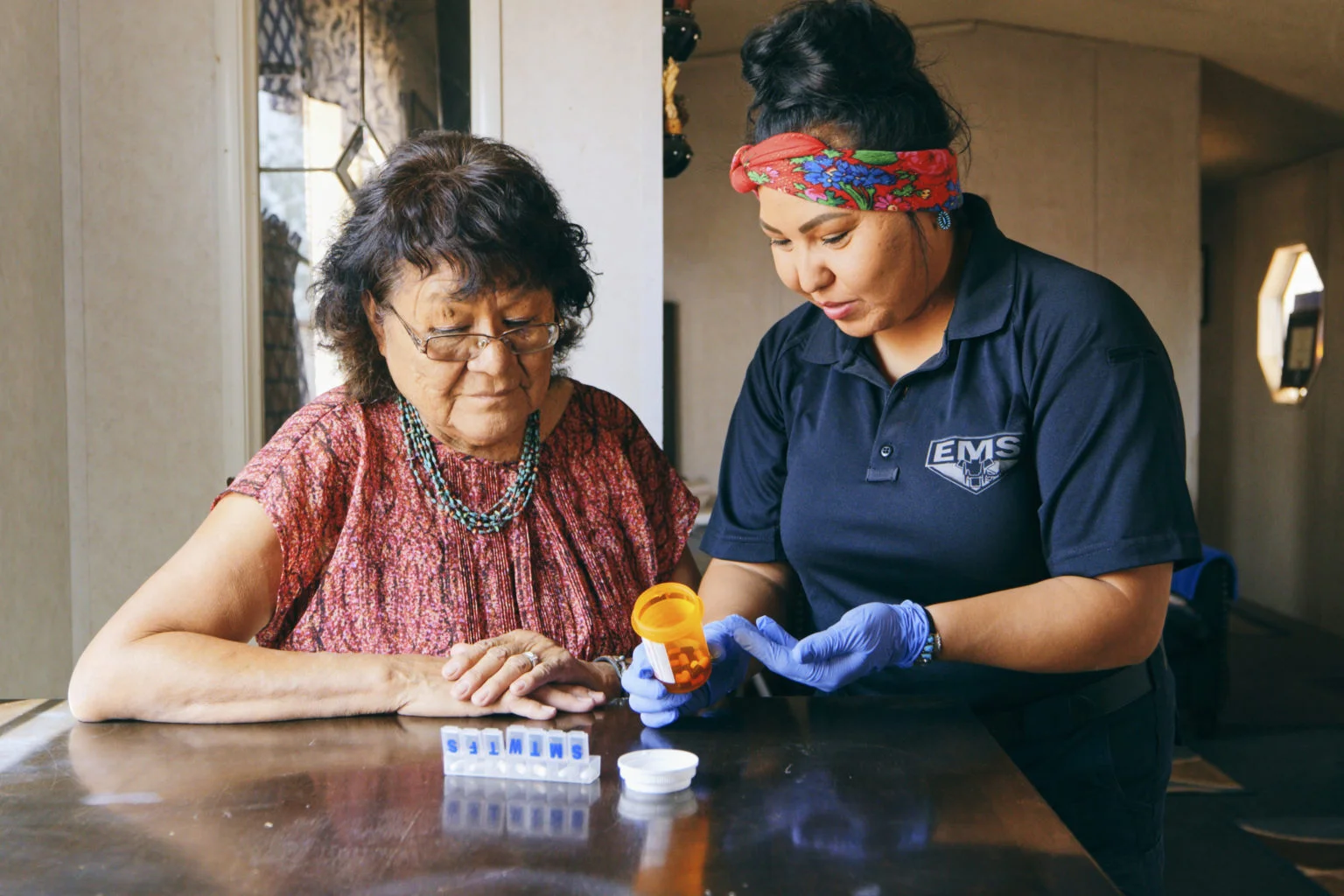Tag: elderly

Abstract For the U.S. Medicare population as a whole, previous studies show that additional medical spending at the margin is ineffective. For the elderly population overall, higher spending on health care does not appear to improve health outcomes or quality of life. The Medicaid literature, however, has shown benefits of increased spending on lower incom…

Abstract We provide empirical evidence on the extent to which long-term care insurance affects the housing and living arrangements of the elderly by examining plausibly exogenous changes in the supply of long-term care insurance through the Medicare program that occurred in the late 1990s. Prior to 1997, Medicare reimbursed home health care agencies on a…


